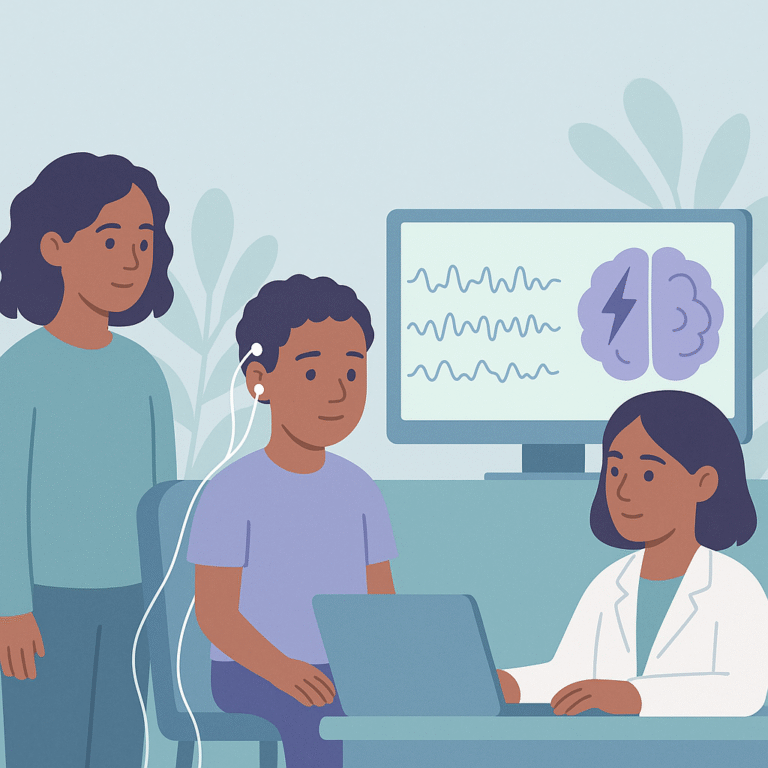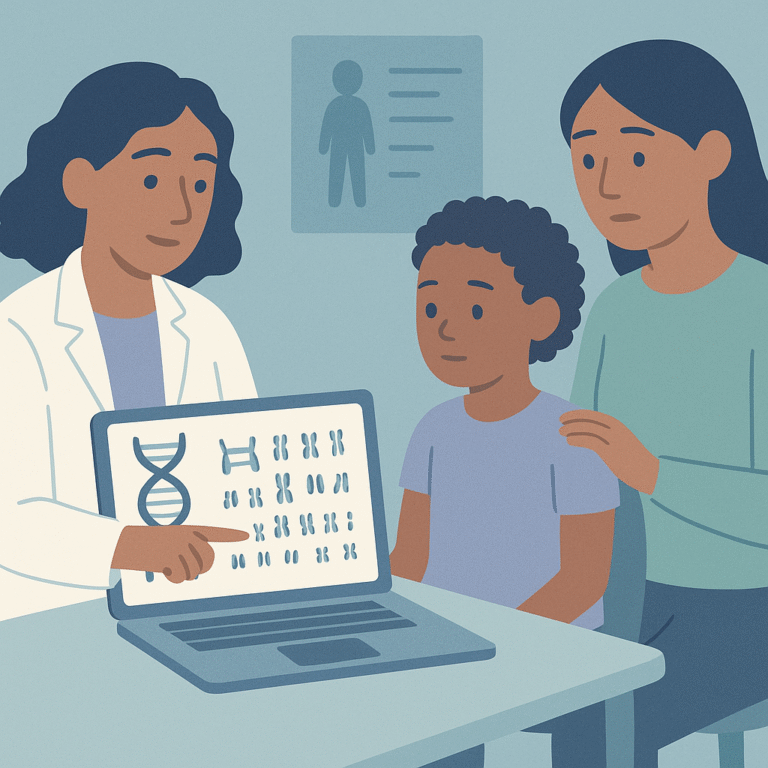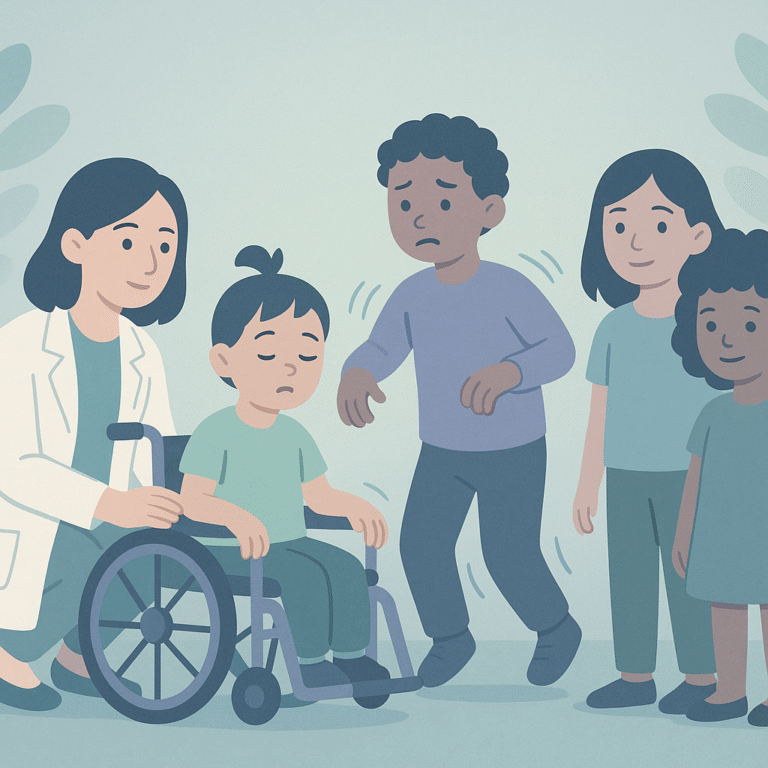Ketogenic Diets Help Reduce Seizures in Drug-Resistant Epilepsy
A recent study looked at how effective and safe different dietary treatments are for people with drug-resistant epilepsy, which means their seizures do not respond well to medications.
Epilepsy genetics explained: Explore epilepsy genetics in plain language. What key genes mean, how testing works, and what families should know.

A recent study looked at how effective and safe different dietary treatments are for people with drug-resistant epilepsy, which means their seizures do not respond well to medications.

This study focused on finding a way to identify early signs of seizures in children by analyzing their brain activity, specifically through EEG (electroencephalogram) readings.

This study focused on how to identify early signs of seizures in children by analyzing their brain activity, specifically through EEG (electroencephalogram) readings.

This study looked at children with focal cortical dysplasia (FCD), a common cause of epilepsy, to understand how it affects their executive function, which includes skills like planning and organizing.

This study looked at the use of chromosomal microarray analysis (CMA) in diagnosing children with developmental and congenital issues.

This study looked at how involving parents in the care of children and teenagers with chronic illnesses, like epilepsy, can affect their quality of life and health outcomes.

This study looked at different types of corpus callosotomy (CC), a surgery used to help children with severe epilepsy that doesn’t respond to medication.

Researchers studied the use of nicotine as a treatment for Sleep-Related Hypermotor Epilepsy (SHE), a type of epilepsy that can have a genetic cause.

Researchers studied a 9-year-old girl with a rare movement disorder linked to a mutation in the GNAO1 gene.